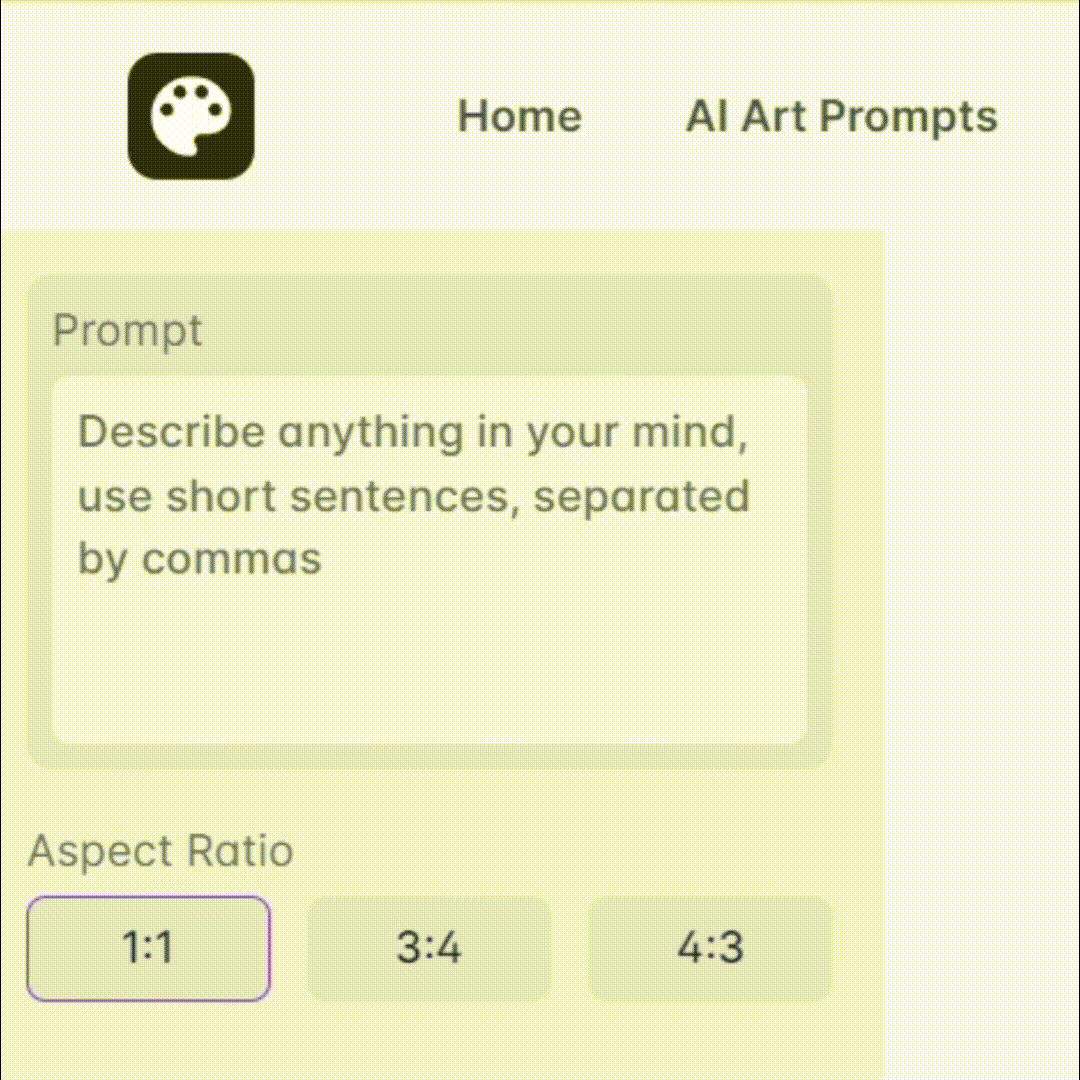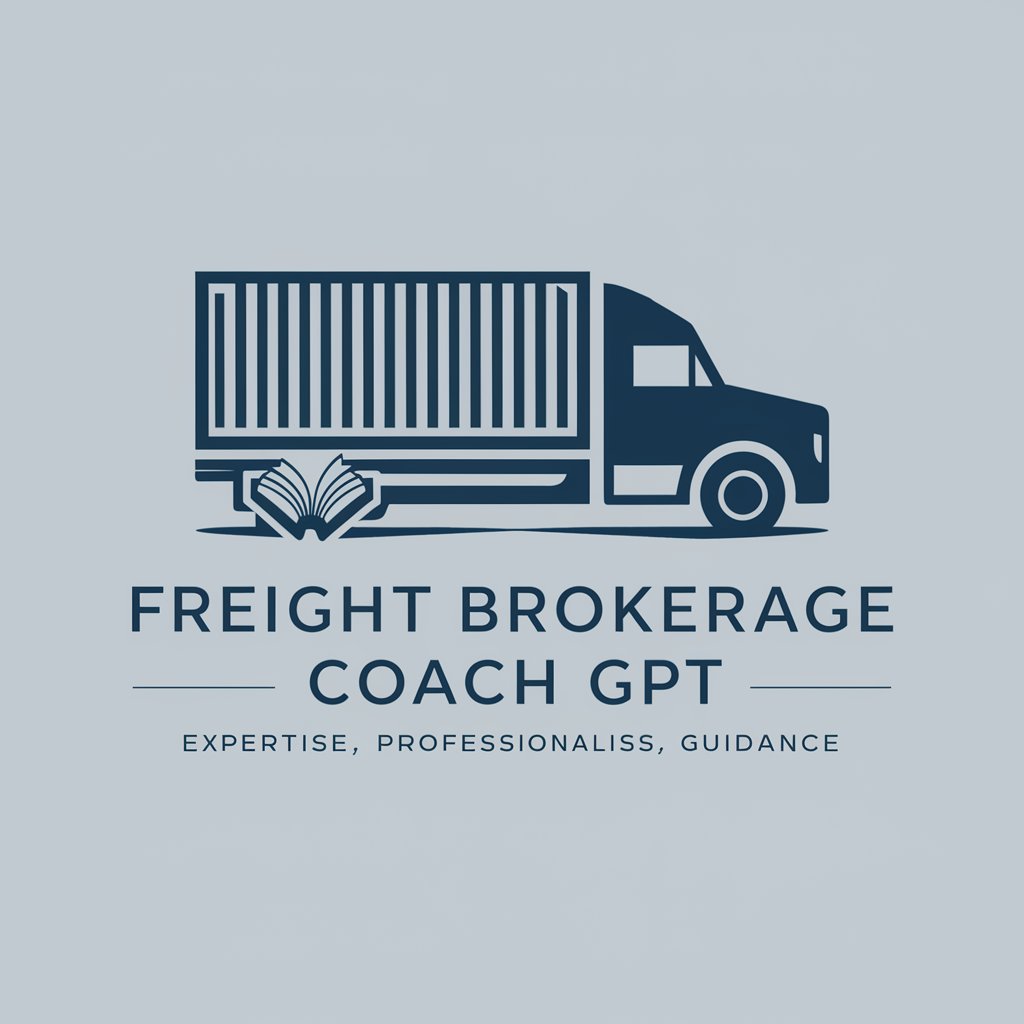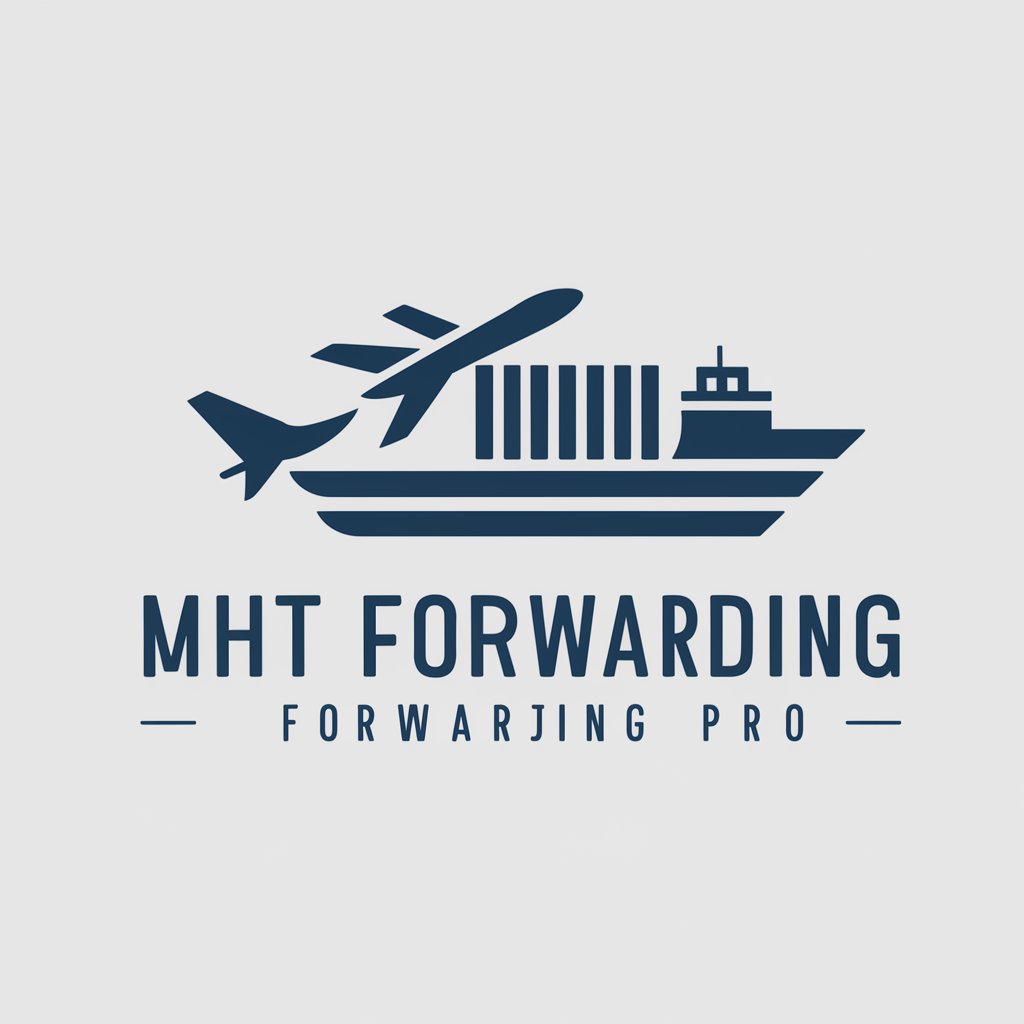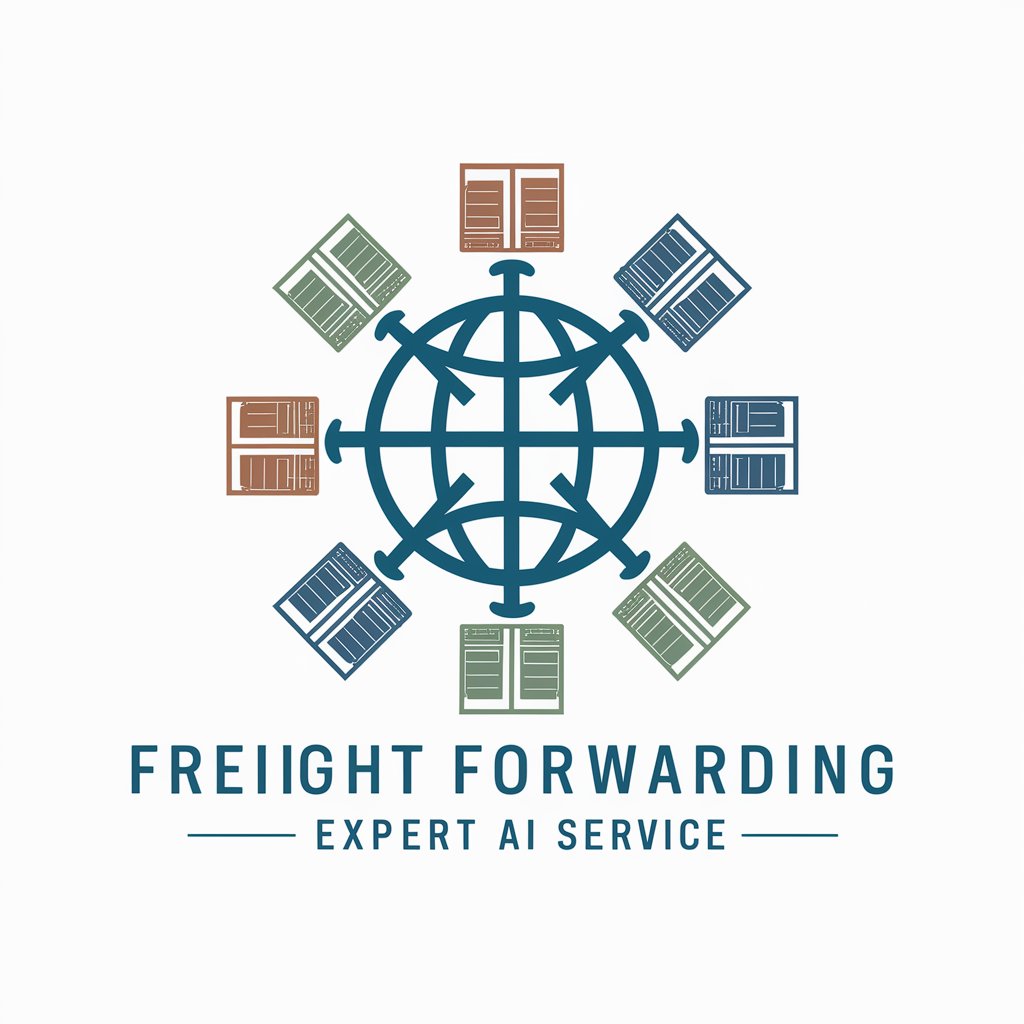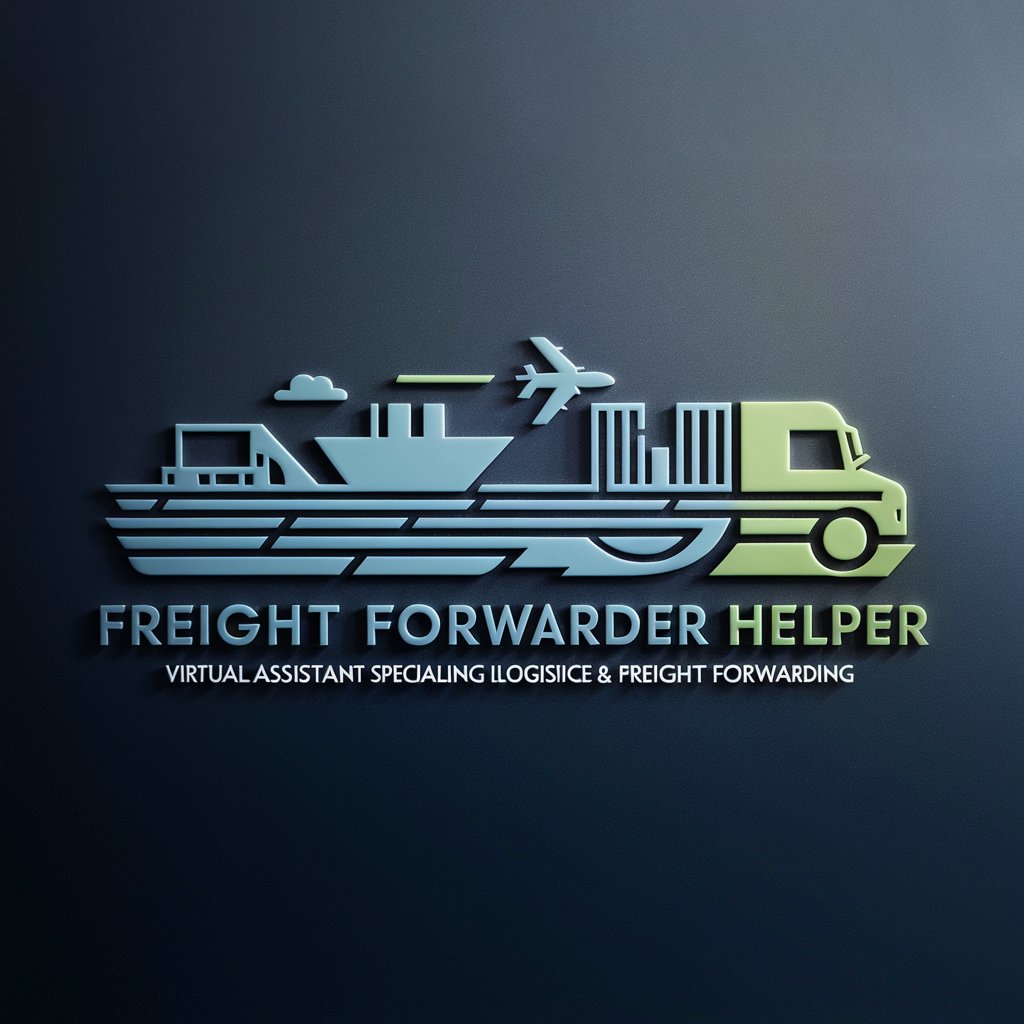
Freight - Freight Insights and Solutions
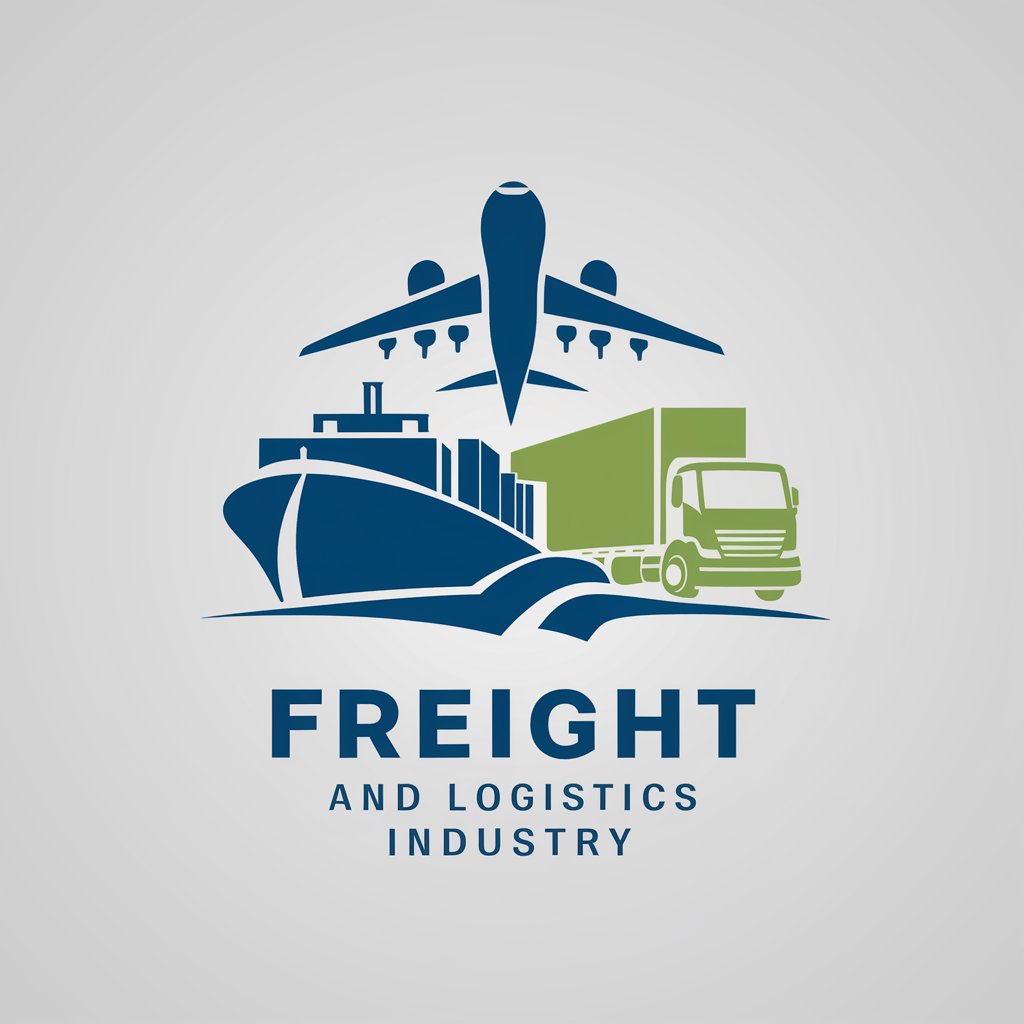
Welcome! Let's dive into the world of freight and logistics.
Optimizing logistics with AI-powered intelligence
Can you explain the differences between various freight transportation modes?
What are the best practices for managing supply chain logistics?
How do international shipping regulations impact freight operations?
What are the latest trends in the logistics industry?
Get Embed Code
Understanding Freight: An Overview
Freight, in the context of this GPT, refers to a specialized conversational agent designed to discuss topics related to freight, cargo, and the movement of goods in commerce. Its primary design purpose is to offer insights, information, and guidance on various aspects of the freight industry, including shipping methods, logistics, regulations, and best practices. This GPT aims to assist users in navigating the complexities of freight transport, whether by land, sea, or air. For example, it can explain the difference between less-than-truckload (LTL) and full truckload (FTL) shipping, the importance of containerization in maritime transport, or the role of customs brokerage in international trade. By providing these detailed explanations, Freight helps users understand how goods are moved efficiently and effectively around the globe. Powered by ChatGPT-4o。

Core Functions of Freight
Shipping Methods Explanation
Example
Explaining the differences and applications of LTL vs. FTL shipping.
Scenario
A small business owner looking to optimize shipping costs for a mixed cargo load can learn about LTL shipping, where they pay only for the portion of the truck their cargo occupies, contrasting with FTL shipping, which is more cost-effective for larger shipments that can fill an entire truck.
Logistics and Supply Chain Management Insights
Example
Offering strategies for managing complex supply chains.
Scenario
A logistics manager facing challenges with supply chain disruptions can learn about diversifying suppliers, investing in logistics technology, and strategies for efficient inventory management to mitigate risks and improve operational resilience.
Regulatory Compliance Guidance
Example
Providing information on customs regulations and import/export procedures.
Scenario
An exporter new to international trade can gain insights into the documentation required for customs clearance, understanding tariffs, and how to comply with international trade agreements, thus ensuring smooth cross-border transactions.
Target Users of Freight Services
Small to Medium Enterprises (SMEs)
SMEs venturing into or expanding within the freight and logistics sector stand to benefit significantly. Understanding shipping options, managing logistics operations, and navigating regulatory landscapes can optimize their supply chain, reduce costs, and enhance competitiveness.
Logistics Managers
Professionals responsible for coordinating the storage, transportation, and delivery of goods. They require up-to-date information on best practices, technological advancements, and regulatory changes to improve efficiency and compliance in their operations.
Supply Chain Analysts
Analysts focusing on optimizing supply chain performance can leverage insights on logistics trends, market dynamics, and freight transportation methods to recommend strategies for reducing costs, improving time-to-market, and enhancing sustainability.

How to Use Freight
Start Your Journey
Begin by visiting yeschat.ai for a complimentary trial, accessible instantly without the need for login or a ChatGPT Plus subscription.
Identify Your Needs
Determine the specific freight or logistics challenges you're facing. This could range from finding the most cost-effective shipping methods to understanding international shipping regulations.
Explore Features
Utilize the tool to explore various freight options, get insights into logistics management, and learn about industry standards and best practices.
Engage with Content
Interact with the AI by asking detailed questions related to freight and logistics. Use the information provided to improve your understanding and decision-making process.
Apply Insights
Implement the insights and recommendations provided by the tool in your business or project to optimize your freight and logistics operations.
Try other advanced and practical GPTs
TokenTrust Talk
Empowering Crypto Narratives with AI

Айси
Explore Lil Freezer's world with AI-powered insights.

AI 算命
Harness ancient wisdom with AI-powered guidance.

광고 검증 도구
Ensuring Ad Images Meet Standards, AI-Powered

Digital Architect Pro
Empowering websites with AI-driven solutions
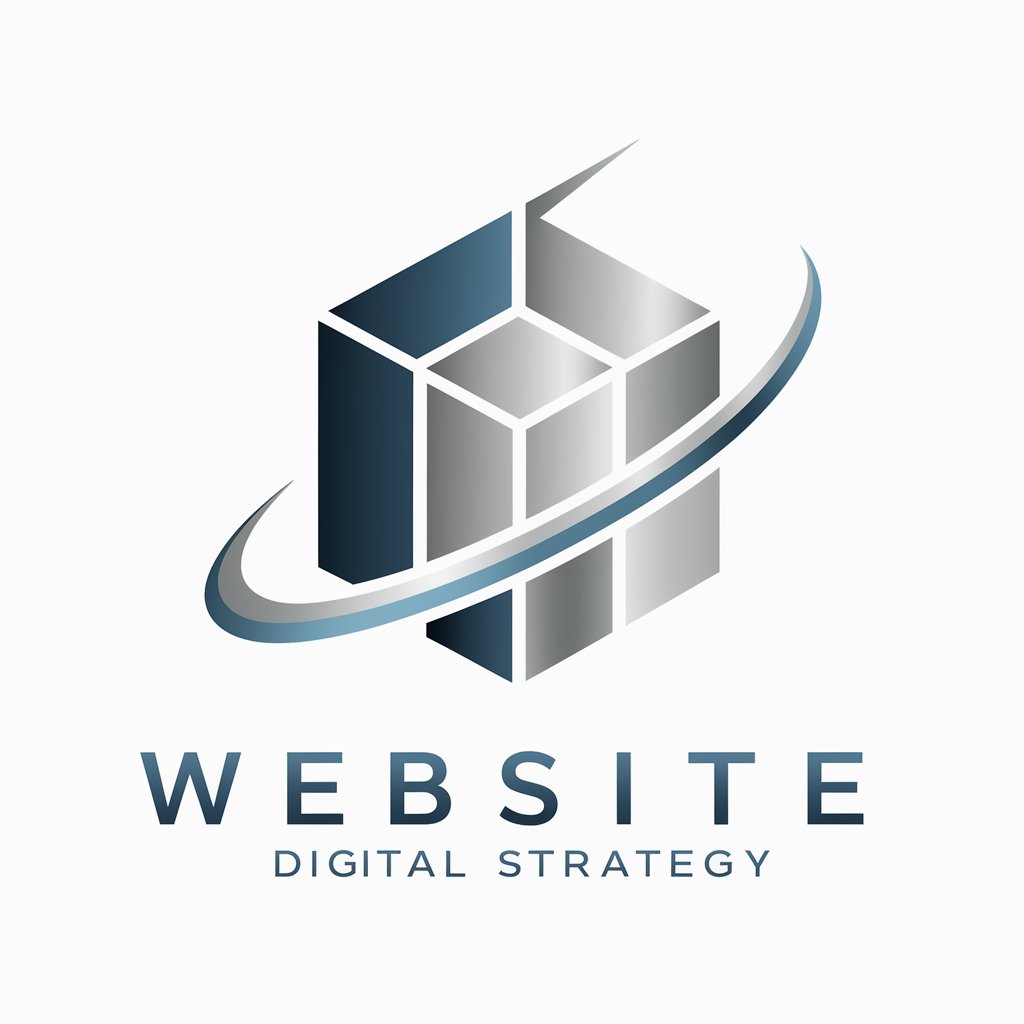
머왕인절미
Engage, Learn, and Explore with AI.

考试分析师
Empower Your Exam Prep with AI Insights

FinanzFreund
Empowering Your Financial Decisions with AI

キジコウ見直しAI
Elevate Content with AI Insights

Dr. Hotelier
Elevating Hotels with AI-powered Solutions

Sports Management
Empowering sports through AI insights

Alexandra
Empowering Development with AI

Frequently Asked Questions about Freight
What shipping methods does Freight cover?
Freight covers a comprehensive range of shipping methods, including road, rail, sea, and air freight, along with multimodal solutions that combine different modes of transport for efficiency.
Can Freight help with international shipping regulations?
Yes, Freight provides detailed guidance on international shipping regulations, including customs clearance, necessary documentation, and compliance with global trade laws.
How does Freight assist in reducing shipping costs?
Freight offers strategies for reducing shipping costs, such as optimizing route selection, choosing the most cost-effective transportation modes, and consolidating shipments.
Can I get insights into supply chain management with Freight?
Absolutely, Freight provides insights into effective supply chain management practices, including inventory management, demand forecasting, and risk management.
Does Freight offer solutions for urgent or time-sensitive shipments?
Yes, Freight advises on solutions for urgent or time-sensitive shipments, including expedited shipping options, priority air freight, and just-in-time delivery strategies.
